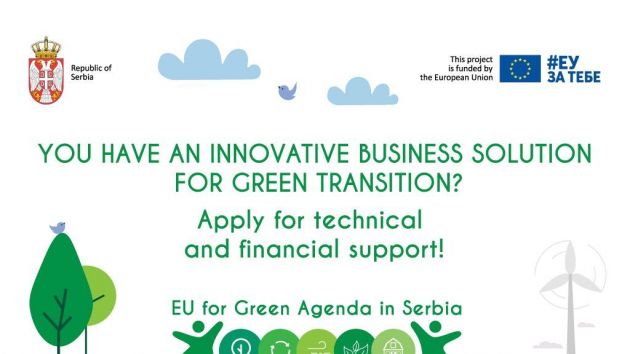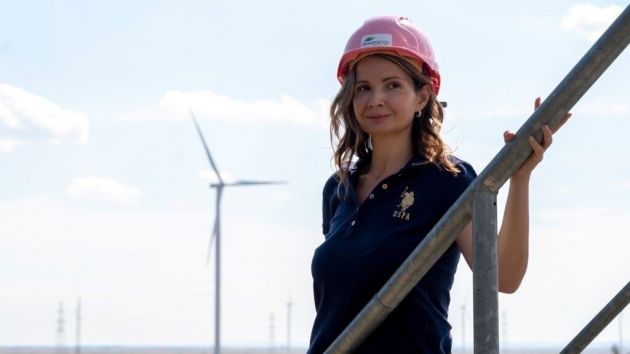(Photo: Pixabay.com/Maria Maltseva)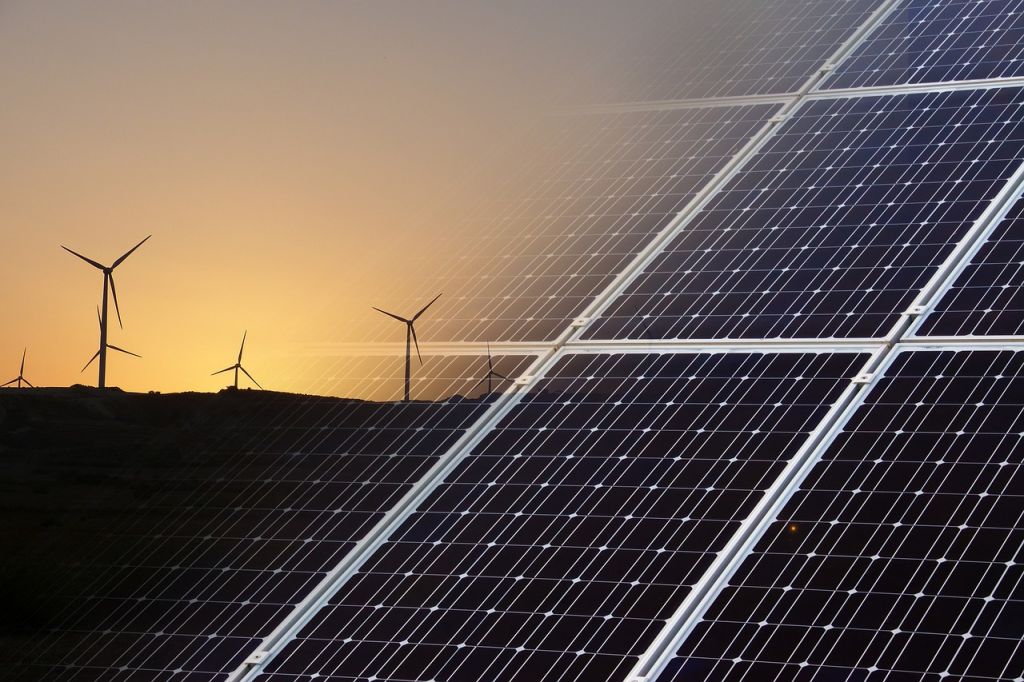
As Diana Milev ─īavor from the NGO Eco-team said in an interview for eKapija, the consequences of climate change are increasingly being felt all over the world, there is increasing pressure on countries to reduce their greenhouse gas emissions, which would limit global warming to 1 ,5 degrees above the pre-industrial values. At the same time, we are facing a biodiversity crisis: we are losing species and habitats at an alarming rate, which is further aggravated by climate change.
- Investing in renewable energy is one of the ways countries can contribute to global efforts to combat climate change. However, the increased construction of RES capacity creates a significant demand for land. This potentially creates a conflict between energy policy, on the one hand, and nature conservation and social acceptance, on the other. This could lead to delays or even cancellation of RES projects, as well as an increase in costs for investors - warns Milev ─īavor.
By mapping locations, the risk of project cancellations is also reduced
According to her, when developing projects related to RES, investors are often guided by spatial plans that are based exclusively on the potential of wind or solar resources and that do not take into account ecological or social, or cultural aspects.
- Assessing potential environmental problems or social/cultural conflicts can reduce the risk of long, costly delays or even project cancellations. The purpose of the project implemented by the non-governmental organizations Eko-team and The Nature Conservancy together with the Municipality of Nik┼Īi─ć was to develop a scenario of low-conflict locations for the positioning of solar and wind for this city by identifying and mapping the highest priority areas for the development of solar and wind power plants, which carry the least environmental and social conflict. The development of scenarios for low-conflict RES sites includes energy mapping, which includes the development of a spatial RES database and site modeling and value mapping, taking into account environmental, biodiversity and social/cultural elements of conservation interest, - she quotes.
The interlocutor of eKapija explains that the methodology is based on available data and information about the state of natural resources, flora and fauna, cultural heritage and landscape values, taking into account existing and planned patterns of land use.
- The goal was to identify locations with high sensitivity where RES capacities should not be built, as well as locations with lower sensitivity where their development should be stimulated - she added.
Nik┼Īi─ć was chosen as a pilot area for the creation of maps of low-conflict locations because of its size, since it is the largest municipality in Montenegro.
- As such, it represents a good case study for the analysis of potential conflicts and expected compromises related to RES development across the country. The goal was to develop a methodology that can be extended to the national level or used in any other region of Montenegro - says Milev ─īavor.
(Photo: jaroslava V/shutterstock.com)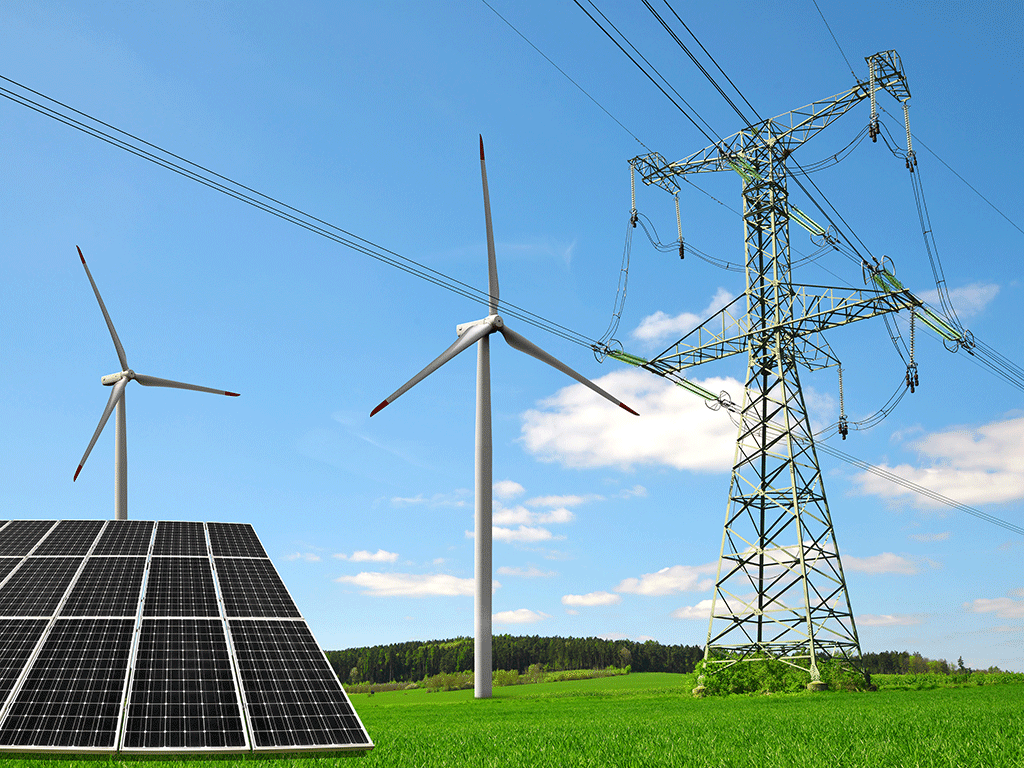
The potential capacity of wind in Nik┼Īi─ć is about 40 MW, solar as much as 2.7 GW
The results of the analysis showed that, even when considering only the areas with the least conflict and with medium or high development potential, their total area is about 4 km2 for wind energy and 50 km2 for solar energy. This represents an estimated potential capacity of around 40 MW of wind and 2.7 GW of solar.
- If only one-third (or about 16 km2) of these low-conflict areas of high development potential for solar were developed in Nik┼Īi─ć, the total production could be about 1,300 GWh. For wind energy, the result is slightly lower, and the estimate is that the production would be around 100 GWh per year. Together, it is about 1,400 GWh per year, which would be enough to cover the total consumption of the housing sector in 2022, which comprises 380,000 users, including over 200,000 households - our interlocutor points out.
Diana Milev ─īavor states that the project showed that the applied methodology in this study is also necessary for the analysis of solar and wind potential at the national level.
- A smart positioning approach like the one used in this pilot study is crucial for avoiding impact on nature and people. The next step will be to apply the experience gained through the pilot project implemented in the municipality of Nik┼Īi─ć to the entire territory of Montenegro and help realize its full potential as a driver of green energy in the Balkans - she says.
She also points out that Eko-team and The Nature conservancy have already signed memoranda of cooperation with several institutions, including the Ministry of Energy and Mining, and that there is an interest of all interested parties in realizing such a project at the national level.
- In order to carry out further tests, the Ministry of Energy and Mining will provide institutional and professional support for the preparation of a national study that will contribute to the improvement of the development of renewable sources of electricity and the definition of national strategies for achieving climate neutrality - says Milev ─īavor.
________________________________________________________________________________________________________________
Development of an energy storage system at the Nik┼Īi─ć Ironworks location
The Ministry of Energy and Mining also believes that the energy transition towards renewable energy sources such as the sun and wind requires special attention. Since these technologies occupy a significant space, if it is not chosen carefully, it can cause conflicts and put at risk the biodiversity, cultural, social and economic values of a certain area.
- In the end, this brings into question the implementation of numerous projects due to the possible resistance of the local population and the professional public - the department said for the eKapija portal.
Therefore, the Ministry of Energy and Mining signed a memorandum of understanding with the organizations The Nature Conservancy and Eko-team, as an expression of readiness to cooperate in order to encourage the development of solar and wind power in Montenegro, while at the same time preserving natural and social values.
- Montenegro, like the rest of the world, is facing the challenge of how to preserve energy stability in times of climate and biodiversity crises, without further deepening the crisis. The memorandum will facilitate the preparation and implementation of a national study on the positioning of solar and wind power plants in Montenegro, in order to use it to identify low-conflict areas for the development of renewable energy sources - they state.
As part of this memorandum, the Ministry will provide institutional support for the feasibility studies of the development of an energy storage system at the location of the Nik┼Īi─ć Railway Plant, all with the aim of balancing solar and wind energy resources, as unstable energy sources.
- This system would be reliably charged with electricity from the grid in moments of excess, and would return energy to the grid when needed. The success of this project could result in the creation of a demonstration center for industry with zero net emission rate in Southeast Europe and beyond, and it could benefit local communities by opening new jobs in the clean energy industry - said the energy department.
________________________________________________________________________________________________________________
(Photo: Shutterstock/OPIS Zagreb)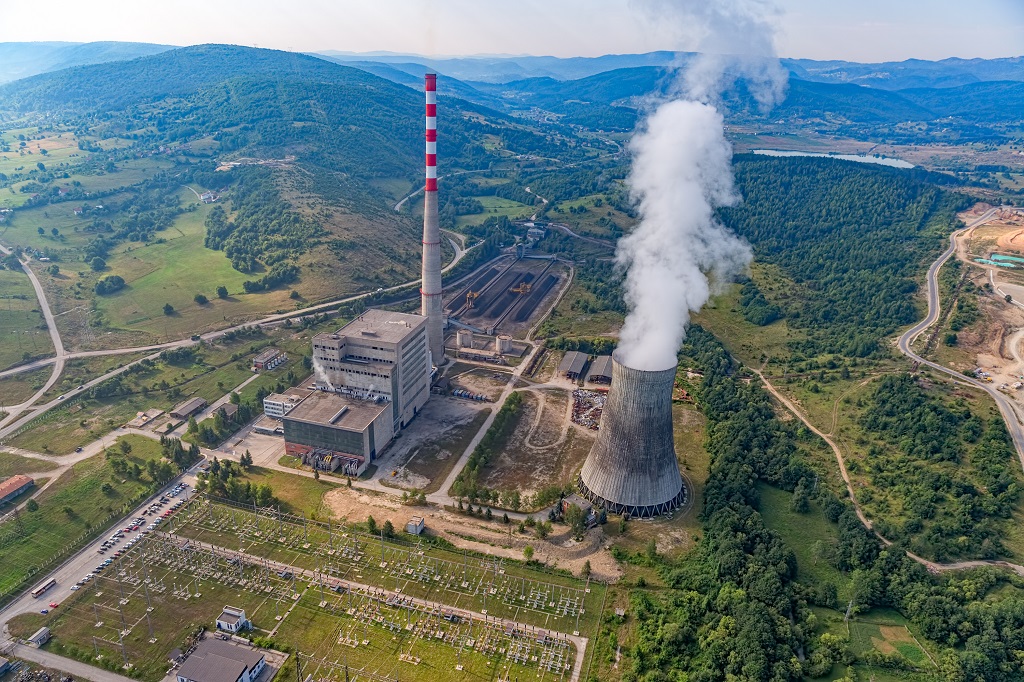
Will electricity from RES be able to replace TE Pljevlja?
The interlocutor of eKapija states that the potential for electricity production from the sun and wind in Montenegro is unquestionable.
- An approach such as smart mapping will allow us to come to concrete figures, what is the potential in megawatts and which are the low-conflict locations that will support a fast and responsible green transition - she explains.
When asked whether electricity from renewable sources will be able to meet the needs of the market in the future when the Thermal Power Plant (TE) Pljevlja is shut down, our interlocutor indicates that the further operation of the Thermal Power Plant is a very sensitive topic.
- If we had a clear answer to this, many other questions and dilemmas would be solved when it comes to planning the further development of the electrical energy sector of Montenegro - she said.
Speaking about the reduction of GHG emissions, Milev ─īavor says that all eyes are on the Pljevlja Thermal Power Plant, as the largest GHG emitter in Montenegro.
- However, I don't think that all decisions regarding the reduction of production or shutdown of thermal power plants in the near future are realistic, and I don't think it is something that the European Commission expects from us, despite the obligation to reduce emissions - says Milev ─īavor.
According to her, 2030 is too ambitious a year for such a thing, and as she says, 2050 is not a reality either.
- There is a problem that a considerable number of decision-makers think that TE will work until 2050 and even after that, even though the market and the increasing number of instruments for taxing CO2 emissions make energy from coal more and more expensive and increasingly unprofitable. Until the closing of the Pljevlja TPP, we must work in parallel on the process of energy diversification, the construction of new sources that would replace the TPP, but also on the process of a just transition in Pljevlja, which means economic diversification and the creation of new opportunities for people employed in the coal sector - the eKapija interlocutor points out.
The adoption of NECP is expected by the end of the second quarter
As she states, the big problem is that years pass, and we still talk about what we will do and how we will do it.
- Since 2020, Montenegro has been working on the preparation of the National Energy and Climate Plan (NECP), the most important strategic document in the field of energy, and we haven't prepared it yet. All those years were lost because none of the politicians wants to dare to mention the closure of the TE and Coal Mine, because it is a very sensitive issue on which a third of the workforce and the largest number of families in Pljevlja depend - says Milev ─īavor.
The adoption of the NECP is expected by the end of the second quarter of this year, so, she adds, the question of the further work of the Pljevlja Thermal Power Plant will have to be addressed through this document.
- The Eco-team's position is that that year should not be too ambitious as long as the TE manages to meet the pollution standards and as long as there is a financial profitability of its work. On the other hand, we are of the opinion that it is important to understand that we are already in the process of energy transition, that the period and the year when the Pljevlja Thermal Power Plant will have to be shut down are approaching, and that it is therefore necessary to use all these years while the Thermal Power Plant is working to build new sources which will ensure the energy stability of Montenegro, but also provide prerequisites so that the local economy of Pljevlja could be restructured and revived through the development of other sustainable economic branches - she points out.
(Photo: Unsplash/Andreas G├╝cklhorn)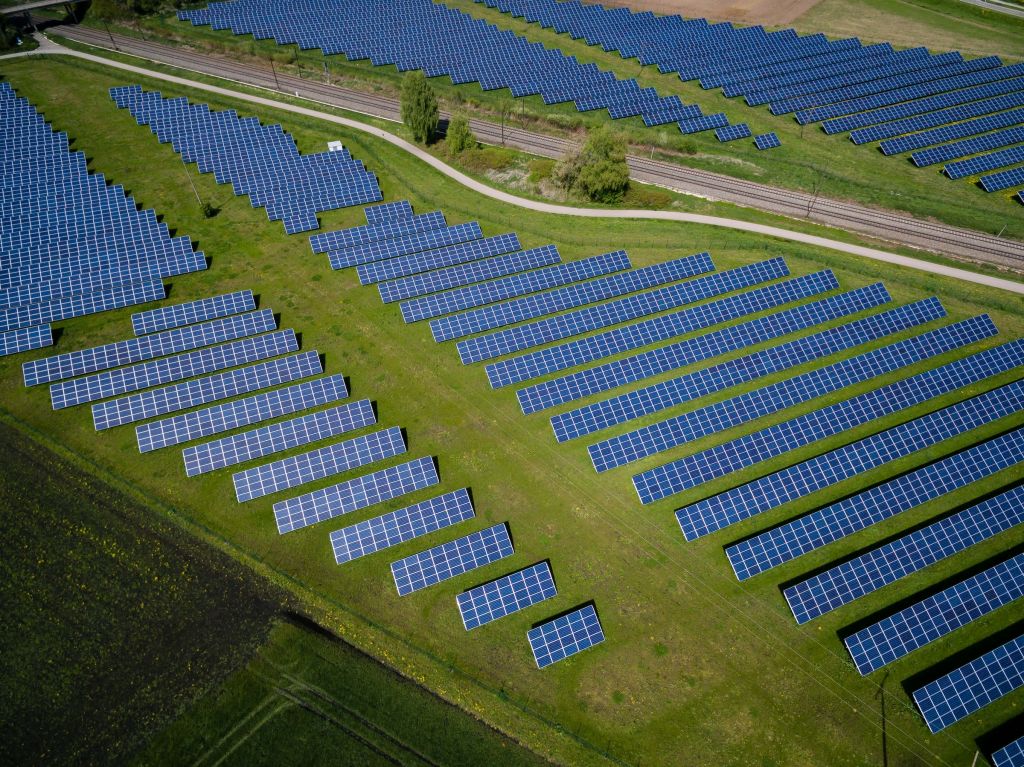
Unsystematic approach in issuing UT conditions for the construction of RES facilities
We have already mentioned that the interest of investors in investing in RES is huge. When asked whether the state could use certain measures to encourage further investments in this area, our interlocutor recalls that the Ministry of Energy and Mining has already prepared a draft law on renewable energy sources, which again introduces incentives for the production of energy from renewable sources.
- However, the question is how many incentives are needed for the construction of new RES, considering that there is a great interest of investors to invest in RES. Specifically, on the territory of the Nik┼Īi─ć municipality, UT conditions have already been issued for 42 locations for the construction of solar power plants, which is about 7,000 MW of installed power. In the previous period, we had a big challenge of regulations and unsystematic approach in issuing UT requirements for the construction of RES facilities - says Milev ─īavor.
The new Law on RES foresees the introduction of feed-in tariffs in a transitional period, until certain prerequisites for the establishment of a market premium system are met.
- The system of market premiums will be applied after the end of the transitional period, which ends at the end of 12 months from the date of the merger of the Montenegrin day-ahead electricity market with the single European organized day-ahead market, or another day-ahead market that has been operational for at least two years and which has a physical interconnection with Montenegro, through which trade is realized in the volume of at least 1 TWh per year - concludes Diana Milev ─īavor for eKapija.
Dragana Obradovi─ć
 Wednesday, 17.04.2024.
Wednesday, 17.04.2024.
 23:44
23:44





 Op┼Ītina Nik┼Īi─ć
Op┼Ītina Nik┼Īi─ć
 Ministarstvo energetike i rudarstva Crne Gore
Ministarstvo energetike i rudarstva Crne Gore
 Termoelektrana Pljevlja
Termoelektrana Pljevlja
 Rudnik uglja Pljevlja
Rudnik uglja Pljevlja



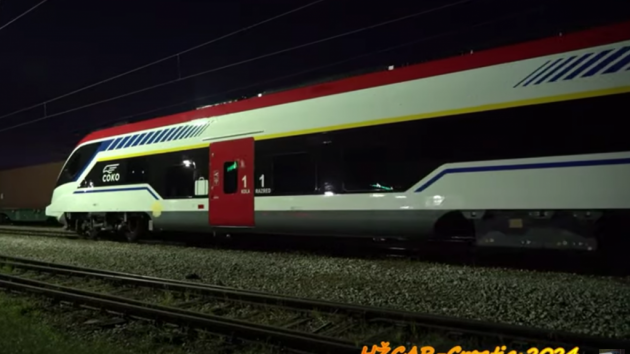

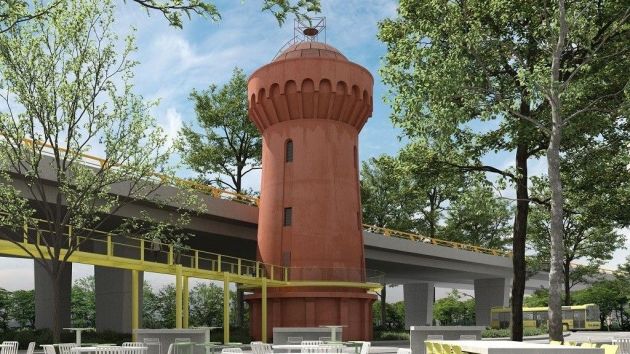


 Izdanje Srbija
Izdanje Srbija Serbische Ausgabe
Serbische Ausgabe Izdanje BiH
Izdanje BiH Izdanje Crna Gora
Izdanje Crna Gora


 News
News








